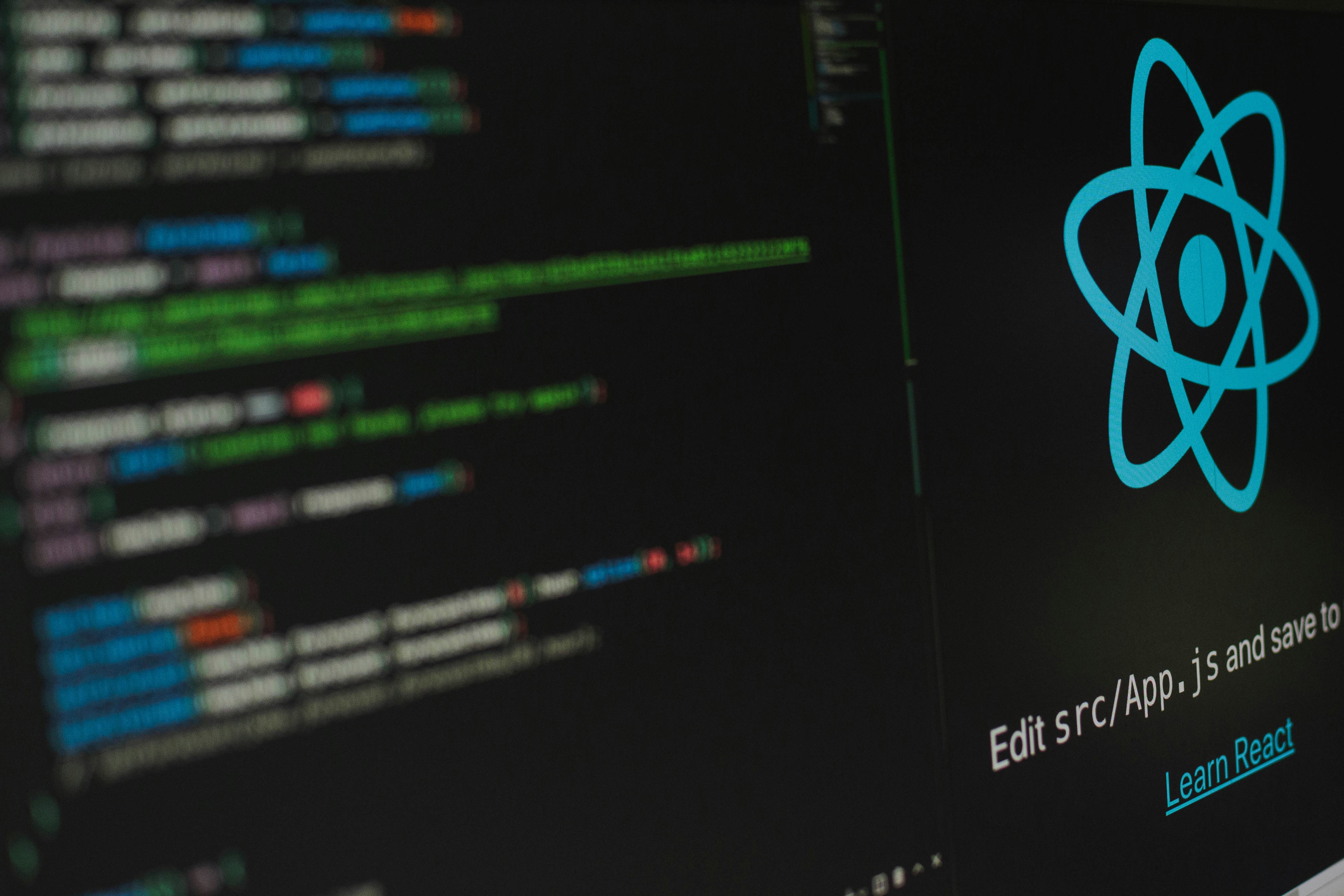
Hello Learners, Today we will learn How to Use MongoDB’s Community Edition?
Distributed document databases have become synonymous with data development and management today.
Their popularity can easily be attributed to the fact their architecture caters to the ’Major Features of the Internet’ that prevail today - accessibility, flexibility, ease of use, security, low cost, shareability, connectivity, and commerce.
In fact, the steady growth of web and mobile applications, the rise of e-commerce, and the massive uptick in content and data can directly be linked to the growth of distributed document database usage.
Tech Jury reports that 1.145 trillion megabytes of data are produced globally per day. Hence, therein lies the need for databases that can contain units of data and allow developers more scalability in the long run.
A popular and very accessible tool that is seeing buzz now is MongoDB Community Edition. If you don’t how to get started, read on for the basics of how to use it.
What is MongoDB Community Edition?
MongoDB Community Edition is, as the name implies, the community version of the distributed document database that MongoDB generally offers.
This means that it is open-source and can be freely modified based on the user’s needs. Because it is meant to be the more accessible version of the system, it is free.
Of course, its free model means there are certain limitations imposed. While core server features have pretty much no difference, Community Edition users will not have access to more advanced features in terms of operation and management.
Users will use an unmanaged or self-managed database. While this does come with flexibility, it also means that management tools are not as comprehensive. You should still be able to get real-time aggregation of data and secondary indexing as part of the basic package.
If you were to try MongoDB Atlas, you would get auto-scaling, serverless instances, full-text searches, multi-region support, and multi-cloud functionality.
This also has infrastructure, licensing, and database engines covered. It’s basically a more robust version of the Community Edition that doesn’t require any installation overhead.
How to Use MongoDB Community Edition?
To use this edition, you must install and run MongoDB Community Server. The actual process may differ depending on what operating system you use. This is commonly MS Windows, MS-DOS, Ubuntu OS, Mac OS, UNIX OS, and Linux OS, among others.
The first step is downloading the right package from MongoDB’s official website. You can choose the current release, a release candidate (essentially a beta version), or an older version.
Then, you must pick your platform based on your specific OS. It has compatibility for the popular options listed above as well as other niche choices like Debian, RedHat, and SUSE.
If you prefer full control using a Kubernetes API, you can also download the MongoDB Community Kubernetes Operator. This is helpful for deploying clusters if you are using a self-managed infrastructure.
Statista reveals that most software developers still prefer Windows OS as their development environment, so the rest of this tutorial will focus on using Version 6.0 on a Windows system.
You can install the DDB by using a command line, but you may find it simpler to stick to the default installation wizard. Once you launch the MongoDB Community Edition installer, you will choose your setup type (Complete is best for beginners) and service configuration.
When you choose your install at this point, you may choose whether or not to configure MongoDB as a Windows service or not.
After installation is complete, make sure that you also install MongoDB Shell so that you can actually run commands and query or update data.
- To run your DDB as a Windows Service after installation, use the configuration file “mongod.cfg” from your installation directory’s bin folder.
- If you are not running it as a Windows Service, then you just have to manually start your instance.
Manually running an instance will require you to use command prompt.
First, you just create your data directories by inputting:
cd C:\
md "\data\db"
To start your database, simply connect to MongoDB using the command:
Mongosh.exe
Now, you can insert, query, update, and delete documents. You may also make use of aggregation operations, schema validation, and data models.